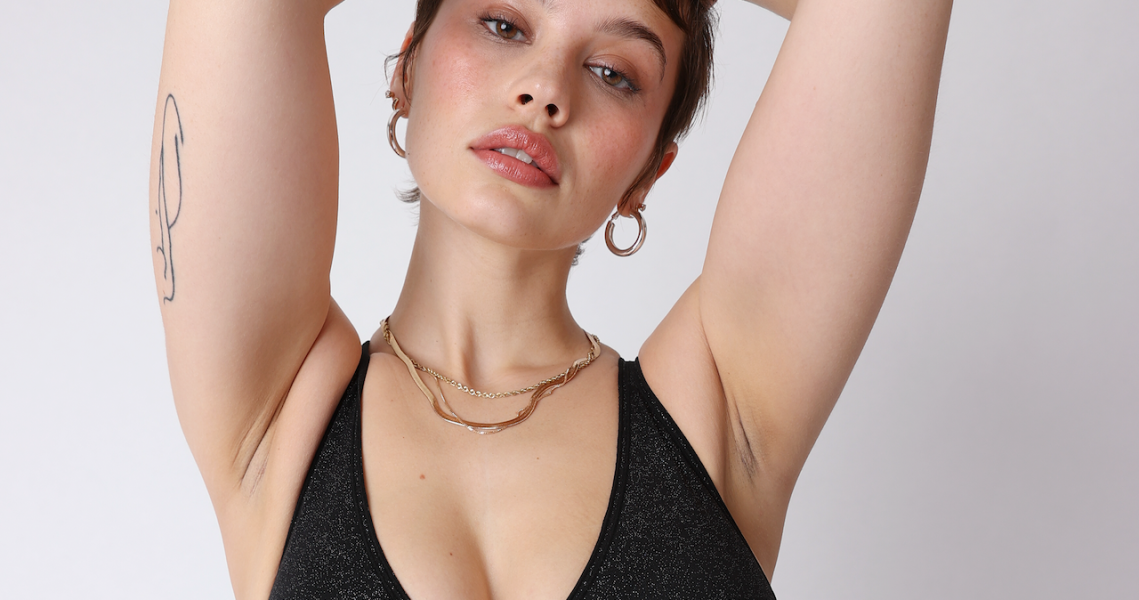This week, a look at how the athleisure trend is impacting the fashion industry at large.
Athluxury is the new athleisure.
In 2021, high-end fashion brands followed the crowd of DTC and mass brands that expanded to the activewear or athleisure category in 2020. Their current customers’ mindset and evolving style motivated their moves, as did the opportunity to attract a new shopper during a period of prolonged, pandemic-driven instability.
Starting in January, Anine Bing launched Anine Sport with a range of leggings, sports bras and bike shorts priced $59-$149. In October, Roland Mouret, which was acquired this week by Self-Portrait founder Han Chong, released a workout-ready Body collection. The same month, now-public Zegna introduced an Outdoor Capsule Collection of “technical trousers,” caps and skis. Finally, in mid-December, New York designer Adam Lippes announced a new active line, dubbed “Franger,” consisting of joggers, tracksuits and tennis-perfect pieces.
Even the utmost luxury brands are testing the activewear waters — coming somewhat late to the party, true to form. In November, Hermès brought its HermèsFit pop-up experience to Brooklyn, which hosted yoga classes incorporating the brand’s signature scarves, as well as “kickboxing with bracelets,” positioning its bangles as weights. Though the space featured branded kettlebells and boxing bags, the equipment wasn’t available for purchase. Meanwhile, in January, Dior plans to roll out pop-ups and pop-ins for its new Dior Vibe collection of sports bras, boxer shorts and gym equipment, in cities from Shanghai to Beverly Hills.
The brands newly making activewear are describing their offerings as “athluxury” and “luxe-leisure.” However, many are selling the styles at a lower price point than their ready-to-wear counterparts, by design.
Patricia Bonaldi, founder and creative director of Brazilian fashion brand PatBo, said that when her brand launched its first activewear collection early this month, an aim was “to reach a wider demographic and introduce the brand to a new audience.” The included styles are priced $128-$178. PatBo dresses start at $550.
Ad position: web_incontent_pos1
The strategy’s worked for Anine Bing. According to the brand’s chief strategy officer, Annika Meller, “AB Sport has broadened the appeal and exposure of Anine Bing.”
“Our data shows that new customers over-index in this category,” she said.
Adam Selman was early to the activewear category, pivoting his entire business in 2019 from focusing on ready-to-wear collections shown at New York Fashion to only selling performance styles, under the label Adam Selman Sport. After seeing “great growth,” the brand announced this week an upcoming launch of a seamless activewear category, on January 4.
“We’ve been able to reach a larger audience through a more varied type of product, sharper pricing and extended size range,” Selman said. Styles in the new seamless collection are priced under $100 and are available in sizes XS-XL.
Delivering functionality, as opposed to just an on-trend look, is key for these brands, particularly as they aim to adjust to consumers’ changing behaviors.
Ad position: web_incontent_pos2
“Fitness and health are top of mind for many,” Bonaldi said. “So mastering the technical aspects of performance wear was important to me.”
Each of the 20 pieces in PatBo’s activewear collection is made from recycled fabrics and designed to wick away sweat. They’re produced in one of the “industry’s leading activewear factories,” she said.
For his part, Lippes said in a press statement that Franger is “meant to encapsulate the ever-evolving lifestyle of the modern woman, from the tennis court to brunch.”
To drive home the same message, Anine Bing regularly features outfits on its e-commerce site that mix AB Sport styles, like a pair of leggings, with pieces from the brand’s core line. Think: a menswear-inspired blazer.
Likewise, Selman said, “We always talk about making [styles that are] functional for the gym, but designed for life.”
He added, “Life is a sport, right?”
Perhaps as a play for credibility, a theme among these brands is naming their new activewear styles after well-known athletes. For Franger, Adam Lippes paid homage to Naomi Osaka, Simone Biles and Mia Hamm, among others. And Roland Mouret’s styles include the Flo-Jo bodysuit.
Regardless, the athluxury trend shows no sign of slowing down. Last week, Philipp Plein announced that it’s bringing back the Plein Sport brand, “to answer the demand for luxury activewear products,” according to the press release. The brand originally debuted in 2016, but was paused in 2018 “due to strategic decisions.” It will be available for purchase via a “metaverse-oriented e-commerce” site in April.
Meanwhile, Richfresh’s Patrick Henry, who claims to have coined the term “luxe-leisure,” is set to release a full ready-to-wear line next year. And brands currently trialing activewear with collaborations, like Maje with Varley, are ones to watch.
As for PatBo, it seems a safe bet that the brand will leverage the learnings from its limited-edition collection to go all-in on activewear, soon.
“It was important to [first] understand how my customers would respond [to PatBo activewear],” she said. “But they love the designs and the fits.”
Bing is also seeing a great response to her activewear debut. Chief operating officer Olivia Gentin said AB Sport’s sales have steadily increased each season, and the brand expects the same growth to continue throughout 2022 as it expands the assortment. An AB Sport bag, called the Alex tote, will launch in January.
Reading List
Inside our coverage
Aspen is becoming a bigger retail hub.
Zara is newly embracing collaborations.
CEO Alison Bergen is hellbent on transforming Aerosoles.
What we’re reading
Haider Ackermann and Timothee Chalamet are collaborating.
Lively is using an ambassador program to drive growth.
Inside the year in fashion-tech.




